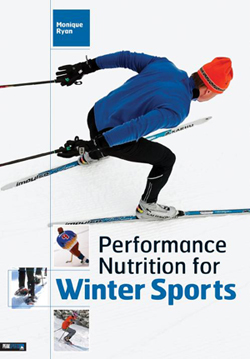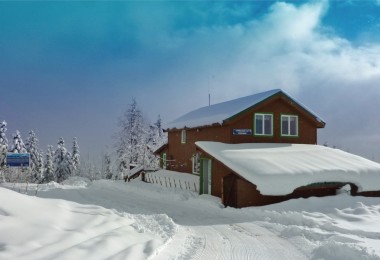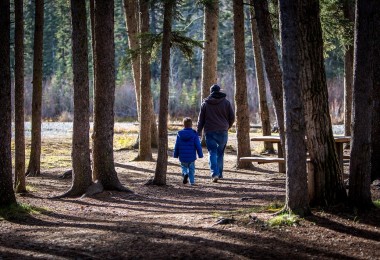In her third book on sports nutrition, Monique Ryan focuses on a special breed- the winter athlete. Performance Nutrition for Winter Sports guides athletes through this demanding season and helps make managing their energy and recovery needs less of a challenge.

Some of the links in this article may contain affiliate links. When you make a purchase using these links, part of the proceeds go to Snowshoe Mag. Additionally, as an Amazon Associate, we earn from qualifying purchases. Please see our disclosure for more details.
“For most of us who live in a state where we have winter, we’re not going to be training outdoors all week,” says Ryan. “We might go indoors where workouts tend to be shorter. They tend to be more focused on resistance training. We won’t go for those two- or three-hour bike rides.”
As a result, athletes need to adjust their diets to match their activities.
“Energy needs might drop off,” says Ryan. “But then we might have these long weekend days when we go for a full day on the slopes or a full day of snowshoeing or hiking that will have very high energy needs.”
How we get our fuel also changes in the winter. According to Ryan, we are likely to crave food sources that are characteristic of the season.
“In the winter, our tastes for different foods can change,” Ryan says. “We like more hot foods, warming foods and comfort foods. Our hunger levels might be different as well.”
Broken into two parts, the book’s first six chapters deal with “High-Performance Nutrition,” and give readers the know-how for choosing the right foods to achieve the best results in training and recovery. With her clear writing voice, combined with lots of tables, charts and sample menus, Ryan puts the science of diet into an accessible format.
A renowned sports nutritionist and founder of Personal Nutrition Designs of Chicago, Ryan knows that all cold-weather activities don’t have the same energy needs and therefore designed her latest book to make such distinctions clear for the reader. In Part Two, readers break out into chapters on “Sport-Specific Nutrition.” Aside from a chapter on alpine skiing and snowboarding and one on hockey, Ryan includes a fifteen-page chapter on the endurance sports of cross-country skiing and snowshoeing. The section discusses the nutritional demands of these sports and how to fuel up on specific types of training days. Also included are meal plans and interesting sidebars on gender differences and maintaining your immune system during intense training periods.
In her twenty years of experience, Ryan has worked with all types of athletes, from Olympians to professionals. Her book, Performance Nutrition for Winter Sports however, doesn’t exclude the everyday winter athlete. Whether you are training for a snowshoe race or are out for a leisurely walk in the powder, having the right fuel in the tank will make your experience a lot more fun.





